Rising Demand for Fuel Efficiency
The Automotive Coupling Market is experiencing a notable surge in demand for fuel-efficient vehicles. As consumers become increasingly conscious of fuel costs and environmental impacts, manufacturers are compelled to innovate. Couplings play a crucial role in enhancing the efficiency of power transmission systems, thereby contributing to overall vehicle performance. According to recent data, the automotive sector is projected to witness a compound annual growth rate of approximately 4.5% in the coming years, driven by the need for improved fuel economy. This trend indicates that the Automotive Coupling Market will likely expand as automakers integrate advanced coupling technologies to meet regulatory standards and consumer expectations.
Growth of Electric and Hybrid Vehicles
The Automotive Coupling Market is poised for growth due to the rising popularity of electric and hybrid vehicles. As these vehicles become more prevalent, the demand for specialized couplings that can handle unique powertrain configurations is increasing. Electric vehicles often require couplings that can efficiently manage torque and power distribution, which differs from traditional combustion engines. Market analysis suggests that the electric vehicle segment is expected to grow at a rate of over 20% annually, indicating a substantial opportunity for coupling manufacturers. This shift towards electrification is likely to reshape the Automotive Coupling Market, necessitating innovation and adaptation to new technologies.
Regulatory Compliance and Emission Standards
The Automotive Coupling Market is significantly influenced by stringent regulatory compliance and emission standards imposed by governments worldwide. These regulations compel manufacturers to adopt advanced technologies that reduce emissions and enhance vehicle performance. Couplings that facilitate smoother power transfer and reduce friction are increasingly sought after to meet these standards. As a result, the market is expected to grow as companies invest in research and development to create compliant products. Recent statistics indicate that the automotive industry is allocating a larger portion of its budget towards meeting these regulatory requirements, which in turn is likely to drive demand within the Automotive Coupling Market.
Technological Innovations in Coupling Designs
The Automotive Coupling Market is benefiting from continuous technological innovations in coupling designs. Advances in materials science and engineering are leading to the development of lighter, more durable couplings that enhance vehicle performance. Innovations such as smart couplings, which can adapt to varying driving conditions, are gaining traction. These advancements not only improve efficiency but also contribute to the overall safety and reliability of vehicles. Market forecasts suggest that the adoption of these innovative coupling solutions will increase, potentially leading to a market growth rate of around 5% over the next few years. This trend indicates a promising future for the Automotive Coupling Market as it embraces cutting-edge technologies.
Expansion of Automotive Manufacturing in Emerging Markets
The Automotive Coupling Market is experiencing growth due to the expansion of automotive manufacturing in emerging markets. Countries with developing economies are witnessing a rise in vehicle production, driven by increasing disposable incomes and urbanization. This trend is expected to create a higher demand for automotive components, including couplings. Recent reports indicate that regions such as Asia-Pacific are projected to account for a significant share of the automotive market, with an estimated growth rate of 6% annually. This expansion presents a lucrative opportunity for coupling manufacturers to establish a presence in these markets, thereby enhancing the Automotive Coupling Market.


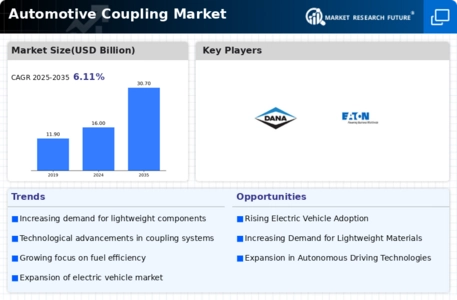

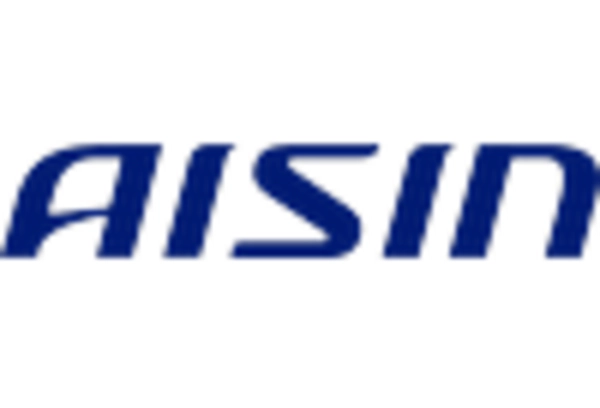
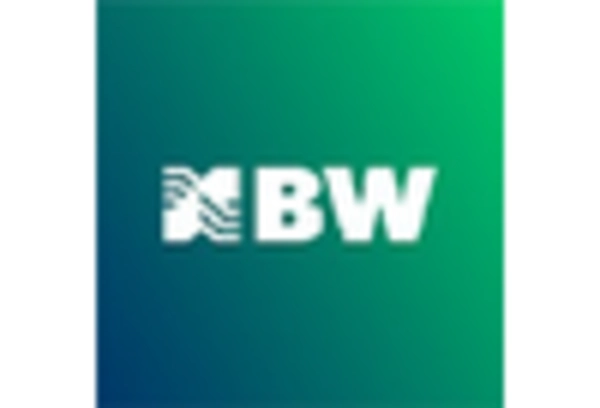
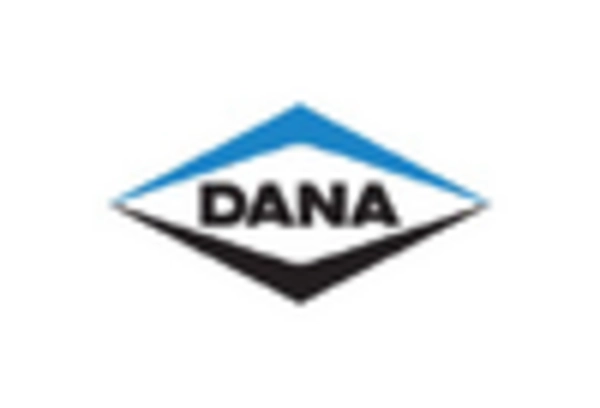

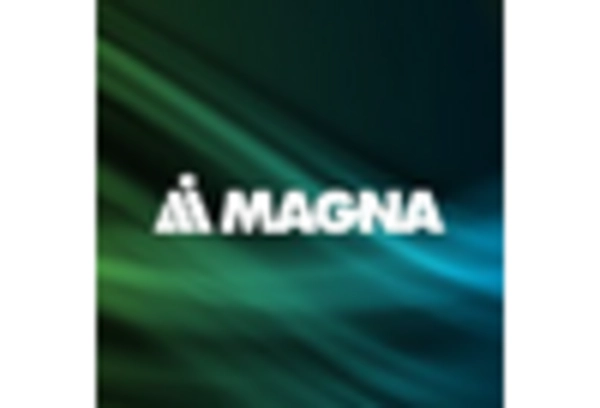
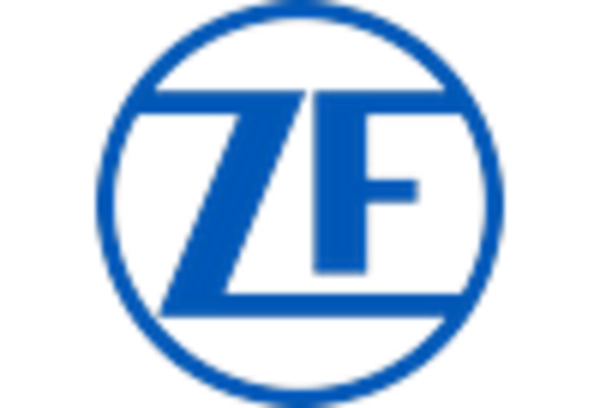








Leave a Comment